HiveQL - GROUP BY and HAVING ClauseThe Hive Query Language provides GROUP BY and HAVING clauses that facilitate similar functionalities as in SQL. Here, we are going to execute these clauses on the records of the below table: 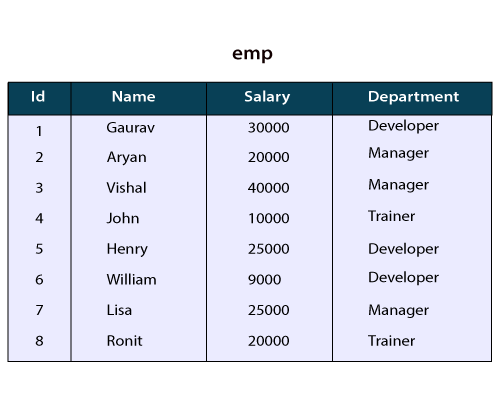
GROUP BY ClauseThe HQL Group By clause is used to group the data from the multiple records based on one or more column. It is generally used in conjunction with the aggregate functions (like SUM, COUNT, MIN, MAX and AVG) to perform an aggregation over each group. Example of GROUP BY Clause in HiveLet's see an example to sum the salary of employees based on department.



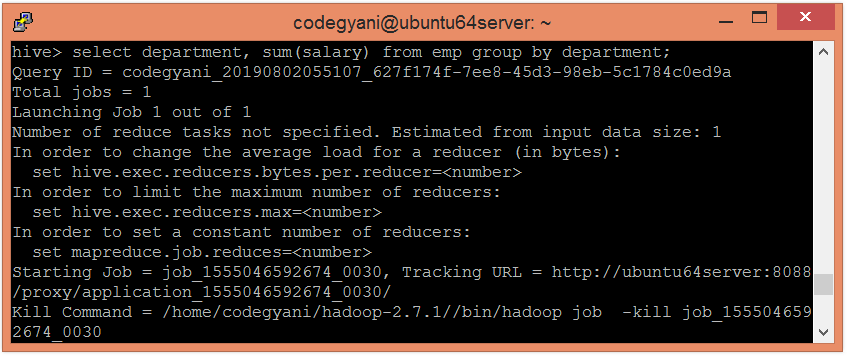
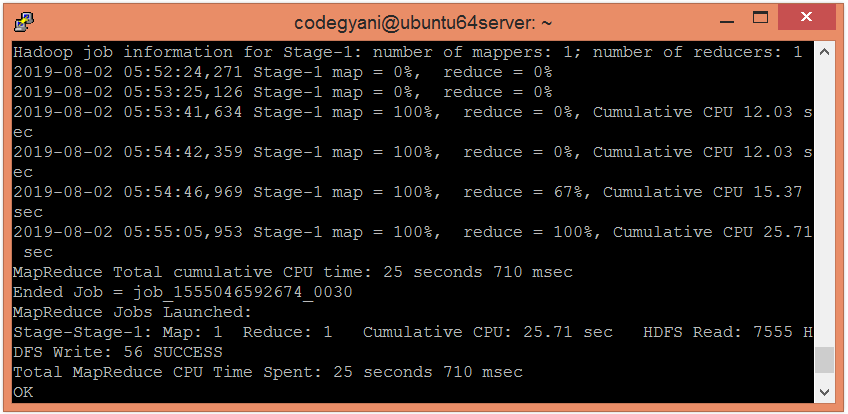

Here, we got the desired output. HAVING CLAUSEThe HQL HAVING clause is used with GROUP BY clause. Its purpose is to apply constraints on the group of data produced by GROUP BY clause. Thus, it always returns the data where the condition is TRUE. Example of Having Clause in HiveIn this example, we fetch the sum of employee's salary based on department and apply the required constraints on that sum by using HAVING clause.
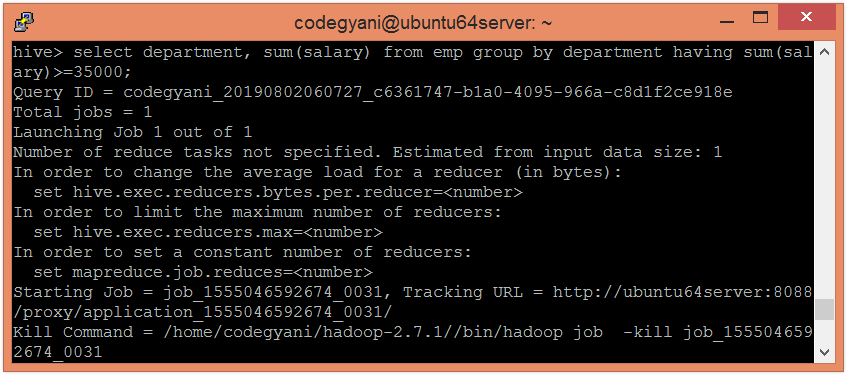
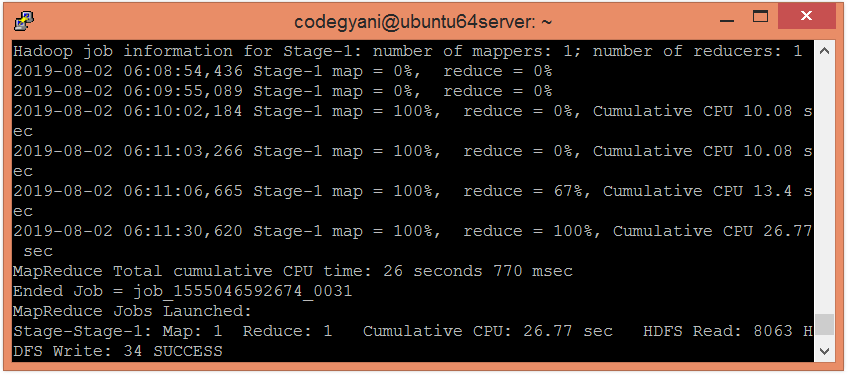

Here, we got the desired output.
Next TopicHiveQL - ORDER BY and SORT BY Clause
|
 For Videos Join Our Youtube Channel: Join Now
For Videos Join Our Youtube Channel: Join Now
Feedback
- Send your Feedback to [email protected]
Help Others, Please Share









